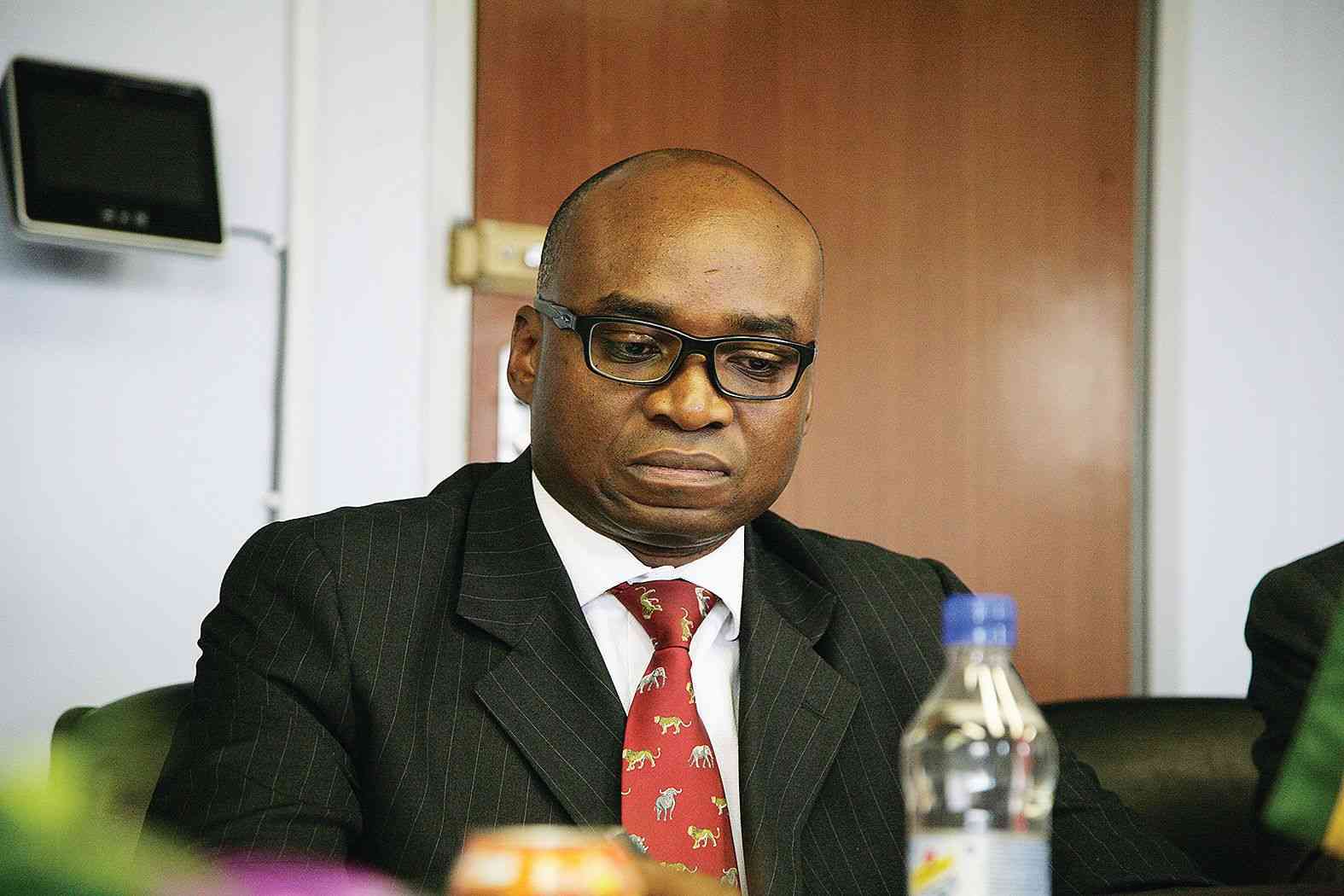
BY TATIRA ZWINOIRA LOCAL financial services firm, Morgan & Co expects Zimbabwe’s annual inflation rate to reach about 500% by year end and peak at 702,85% in April 2023, owing to external geopolitical shocks and continued money supply growth.
In a new economic research paper, Morgan & Co gave three base scenarios on the trajectory of the inflation rate on base, best- and worst-case scenarios.
Based on each of these projections, the firm gave a probability of 55% that the country’s annual inflation would reach 529,3% by the end of 2023 on a worst-case basis. Additionally, it gives a 40% probability that the annual inflation rate will reach 290,2% in a base case scenario and 5% chance that it will reach 51,6% in a best-case scenario at the end of 2023.
Owing to a continued lack of commodity, forex or market confidence the local currency has depreciated considerably from the start of the year to the current period resulting in inflationary pressures.
“The worst-case scenario considers the most serious or severe outcome that may happen on the monetary front in Zimbabwe. This could take the form of (i) geo-political risk pass throughs, (ii) unplanned government expenditures and (iii) oil price shocks,” Morgan & Co said, in its new economic research paper titled ‘Economics & Equity Strategy Note: The Zimbabwe Syndrome’.
“The assumption is that M3 (money supply) will grow at a monthly average of 23,07% up to December 2023. In this scenario, inflation peaks at 702,8% in April 2023 and settles at 529,3% in December 2023. The parallel market exchange rate forecast for December 2023 is 2 873/USD.”
At the beginning of the year, the local currency was trading $108,66 to the greenback, officially, before falling to the current $460,77 to the United States dollar.
Despite the local currency lacking adequate support levels, the government continues to print money with the M3 reaching nearly $1 trillion at the end of May as part of its domestic financing model.
- Chamisa under fire over US$120K donation
- Mavhunga puts DeMbare into Chibuku quarterfinals
- Pension funds bet on Cabora Bassa oilfields
- Councils defy govt fire tender directive
Keep Reading
The annual inflation rate peaked at 256,94% last month, from a June comparative of 191,6%, an increase of 65,34 percentage points.
The firm stated that based on its assessments of the geopolitical risks associated with the Russia/Ukraine war and country specific issues, there “is a stronger probability for the worst-case scenario to play out”.
“While we note some positive development in the form of improved foreign exchange receipts and the mopping up of excess liquidity through gold coins, global inflation risks remain elevated,” the firm said.
“The upcoming elections are also a big factor given that they could trigger excessive government expenditures. Therefore, we expect inflation to reach 529,3% and the exchange rate to deteriorate to ZWL2 873/USD by December 2023.”
According to Morgan & Co, the country remains an import dependent market and as a result is affected by the geo-political situation that has caused global energy and food prices to rise sharply.
“Domestic headline inflation steadily accelerated from 60,7% in January to 257% in July 2022, partly due to external factors which impacted negatively on import prices of raw materials, food, fertilizers, and liquid fuels,” the firm said.
The local financial services firm pointed out that adverse inflationary pressures through forward pricing and sustained depreciation of the exchange rate were additional drivers of inflation.
“Downside risks to inflation and exchange rate stability going forward include continued geo-political tensions that are driving the surge in international food and oil prices (imported inflation), growth in broad money driven by excessive liquidity held by banks despite reserve money target at 0%, adverse inflation expectations, speculative tendencies, and continued arbitrage in the economy,” it noted.
In a base case scenario, inflation is seen reaching about 350% by year end, before peaking at 475,7% by March 2023.
The parallel rate under this scenario is projected at US$1:$2 269 at the end of 2023.
However, all this is predicated on the monthly money supply growing at 16,32% on average.
Under the best case scenario, the annual inflation rate is seen reaching between about 260% by year end, with the parallel forex rate reaching US$1:$1 290 by the end of 2023.
“However, it requires serious efforts on the part of monetary authorities and is also linked to the acceleration of economic reforms,” Morgan & Co said.
“The advancement of key reforms may result in reallocating spending to more productive uses; reducing spending inefficiencies and distortions; and ensuring monetary policy supports price and exchange rate stability. The assumption is that the M3 will grow at a monthly average of 5,38% up to December 2023.”










